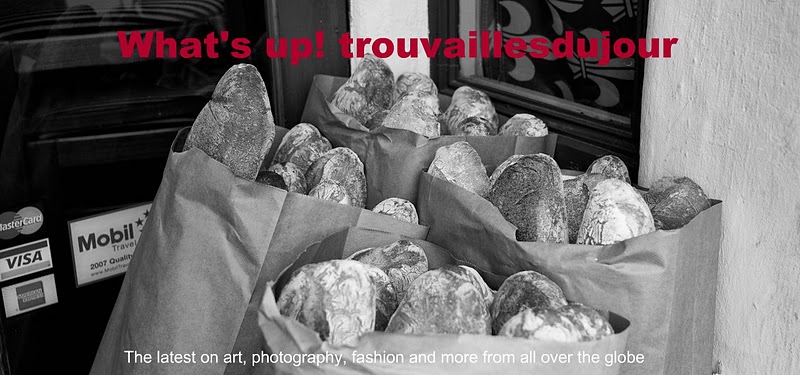Regards d'artistes is a special exhibition organized by
les Arts Associes, a tribute to Denise Bellon, the legendary French photographer.
Currently in view on the platforms of the Saint-Germain metro station in Paris, this new exhibition displays around 100 images of artists like Miro, Prevert, Dali, Miller, Duchamp and many more.
Denise Bellon (1902-1999) was a pioneer in photojournalism. One of the original members of the Alliance Photo Agency, founded in Paris in 1934 and a precursor to Magnum Photo Agency, she was also a friend and associate of leading members of the surrealist movement from Dali and Duchamp, to Andre Breton.
Installation in the subway, Metro Saint-Germain
Absolutely fabulous !!
Salvador Dali and his mannequin, Surrealist Exhibition, Paris 1938
Andre Masson's mannequin, Surrealist Exhibition, Paris 1938
Simone de Beauvoir, Cafe Flore, Paris 1945
Marcel Duchamp
Henry Miller and Eve, 1948
Denise Bellon self-portrait
Jean Giono, Martinique, 1941
Jacques Prevert, Paris, 1945
Picasso, Nimes, 1947
Denise Bellon
Images courtesy of Olivier Dougoud at les Arts Associes, France



























































